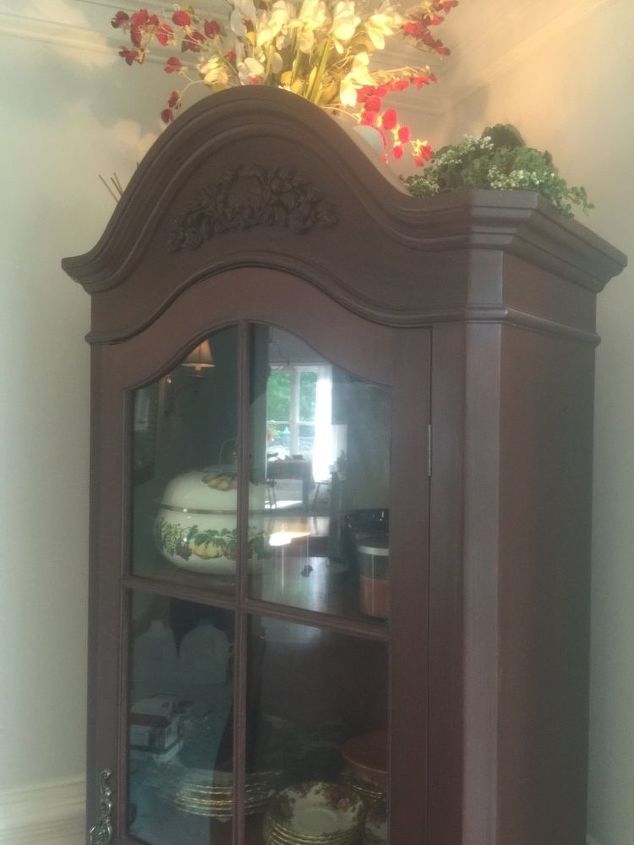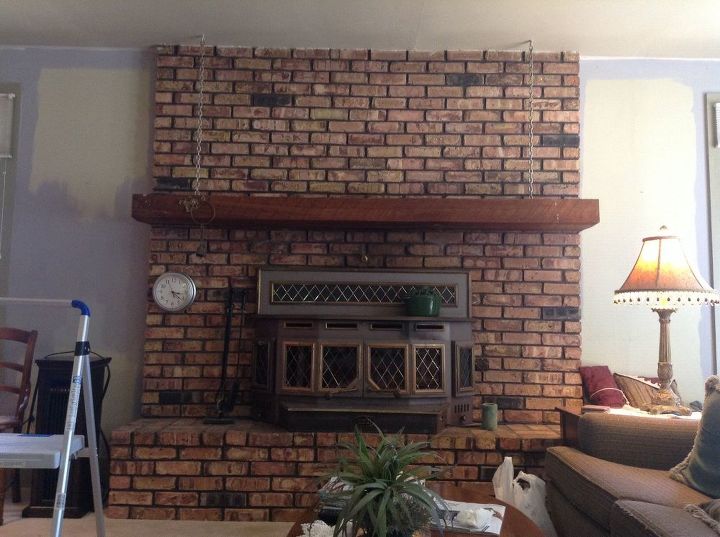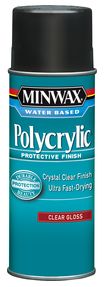How do you stay in the lines when painting moldings on furniture?

Related Discussions
Should I paint or stain my oak kitchen cabinets?
I was wondering if you could help me with something -- I have an entirely oak kitchen. I know it's the rage now to paint or gel stain cabinets. I've been considering ... See more
How to paint a metal front door?
How do I paint my front door? It's metal.
How to paint grout?
How do I paint grout to change the color? The grout is in great shape, but the color - meh.
How to whitewash a brick fireplace?
What is the best method to whitewash bricks surrounding a fireplace?
How do I prevent bubbling when spray painting a piece of furniture?
I purchased an older French Provincial dresser to flip as a bathroom vanity which would provide for additional storage. I sanded the dresser and drawers well, but at... See more
Do you have to sand between coats when painting wood?
I'm ready to put polycrylic on some painted wood. The directions say to lightly sand with very fine sandpaper between coats. Why? What if I don't? Will it look horrib... See more





Old China Cabinet Makeover